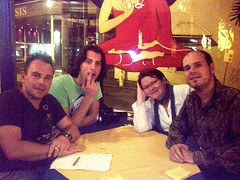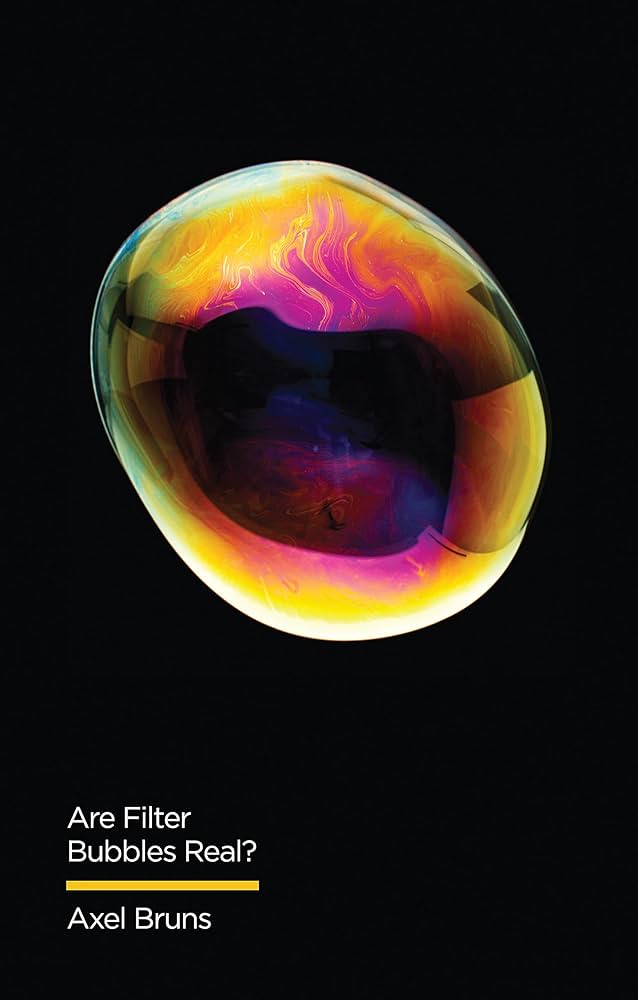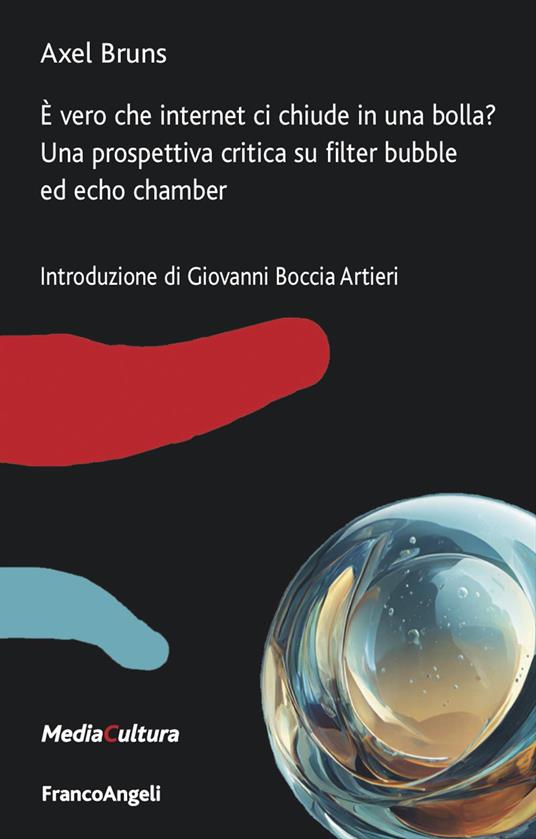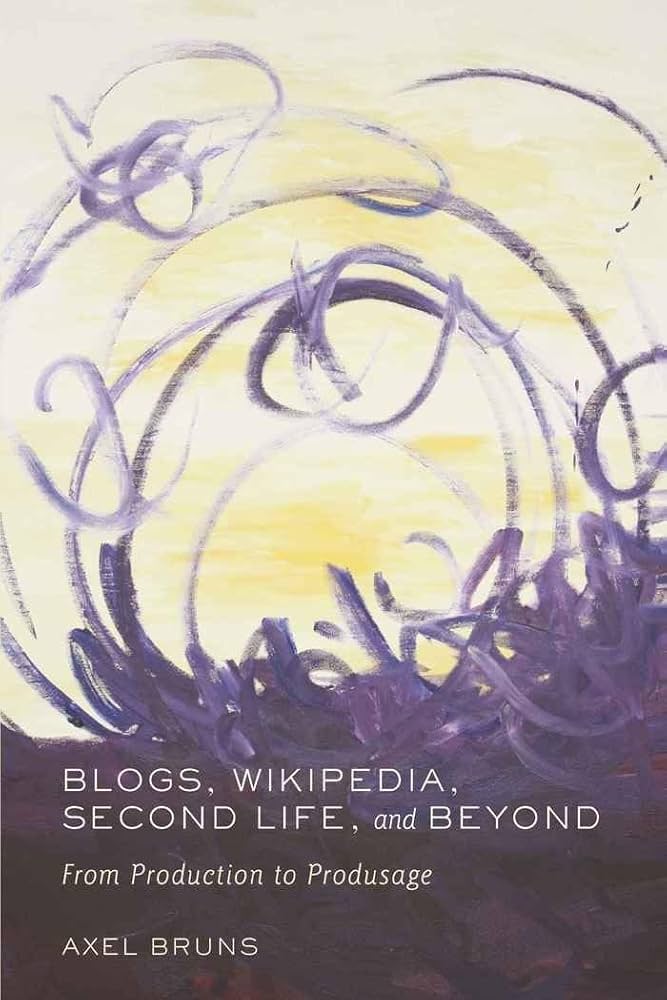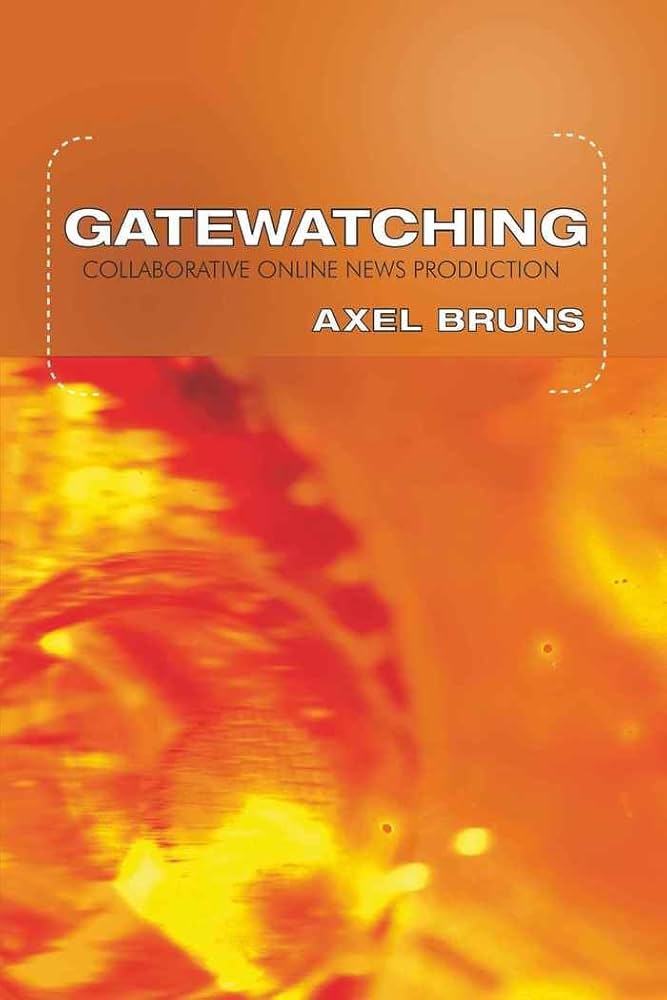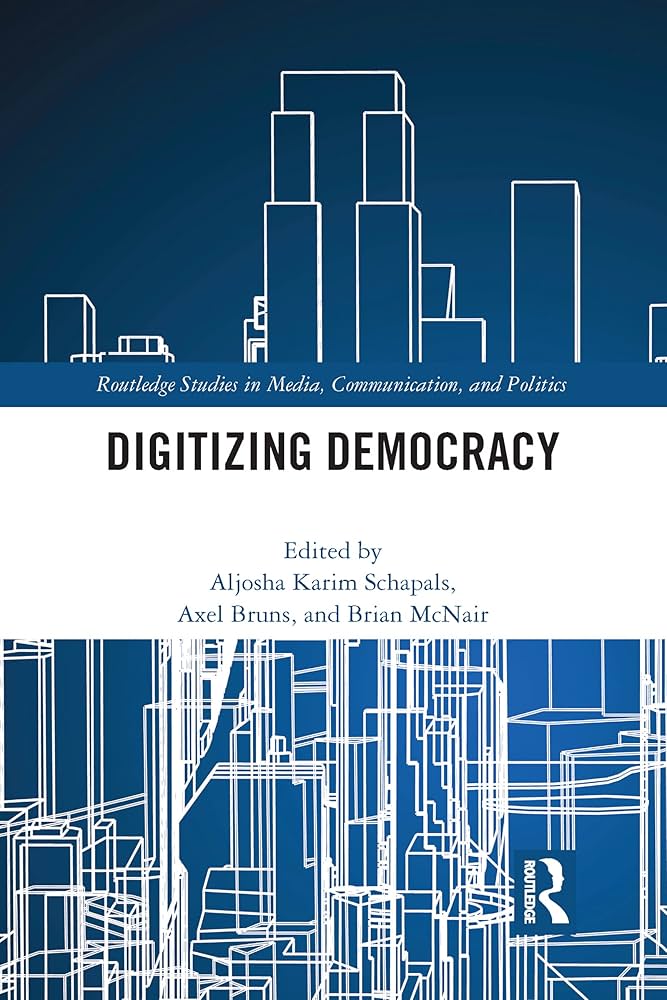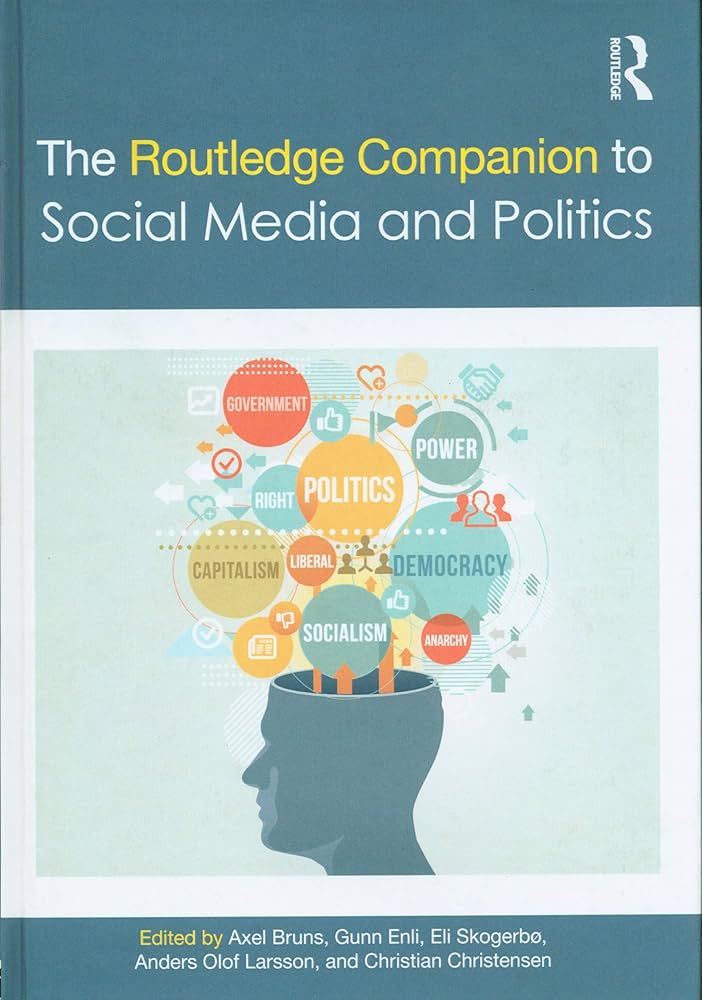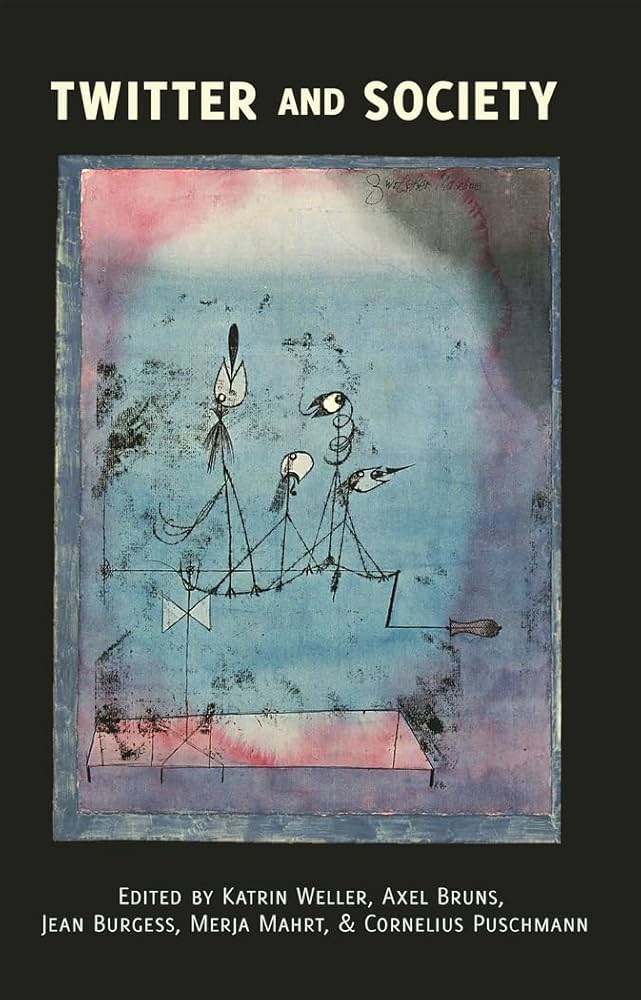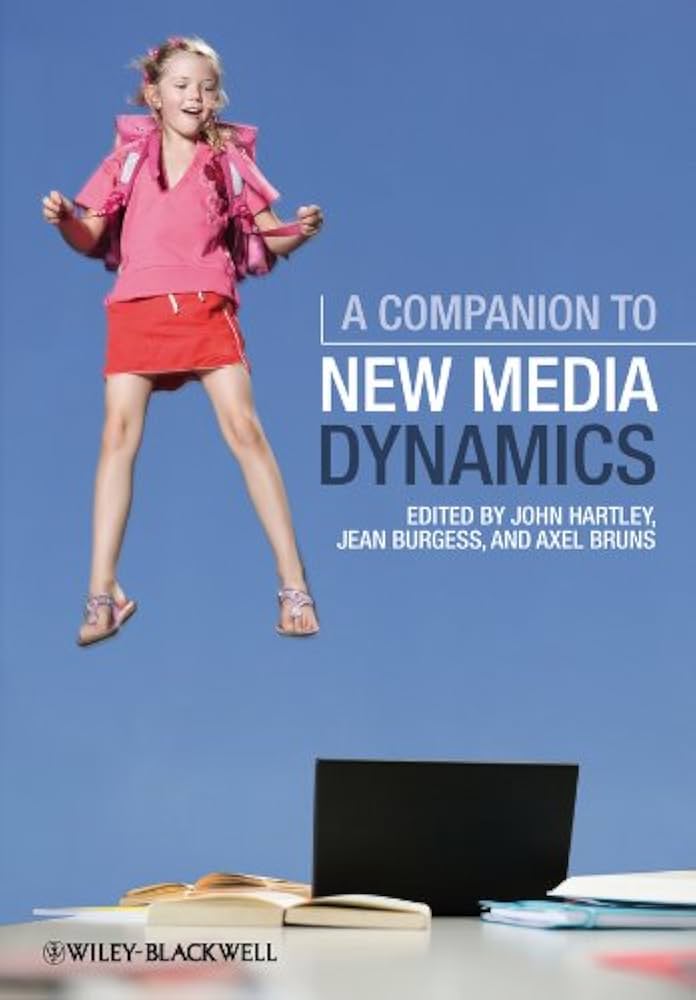The second day at ATOM2006 has started, and we're beginning with a keynote by Kathleen Tyner from the University of Texas at Austin. She begins by noting the relationship between form, content, and context in studies of the media - and that the relationship between skills and knowledge in media studies and production is very difficult to reconcile. She also notes 'the tyranny of the narrative' - creating a conflict between how things are done, from a practical perspective, and what the storyline of any one media artefact is.
In youth media, there is now a transition to a digital literacy culture, with better access to lower-cost tools; this has also led to a remix culture supported by greater availability of content archives and new distribution networks. Further, there is also now the beginning of more supportive academic standards and practices. Newseum.org, Internetarchive.org, Livingroomcandidate, and the Library of Congress's American Memory project are all useful archives which can provide raw materials for such remix culture projects.


